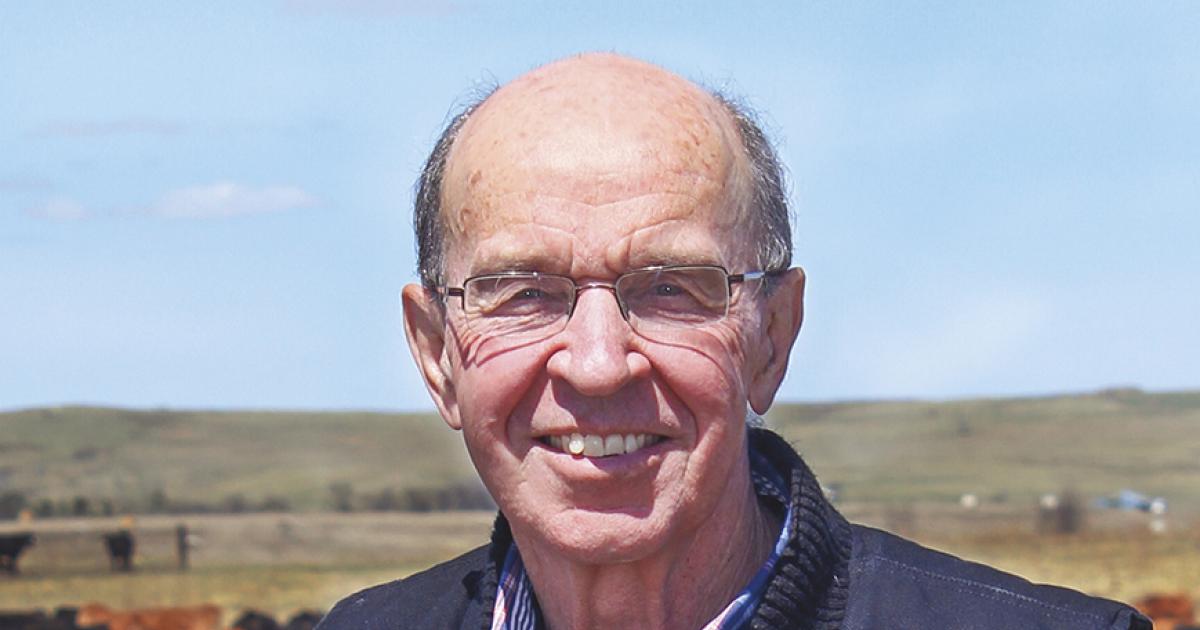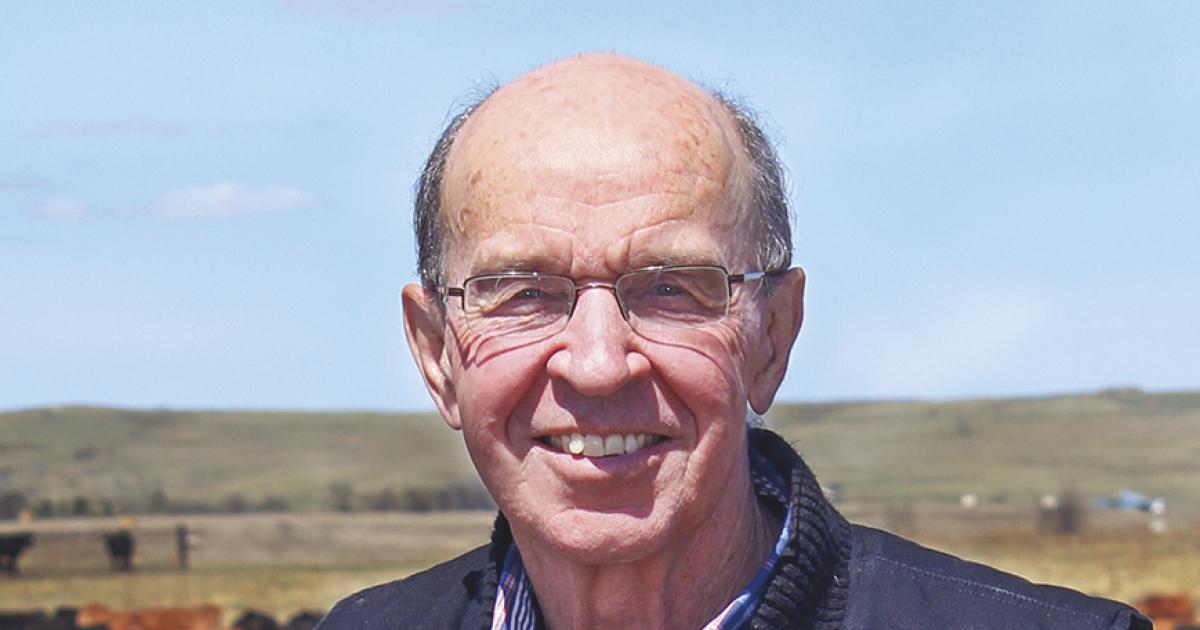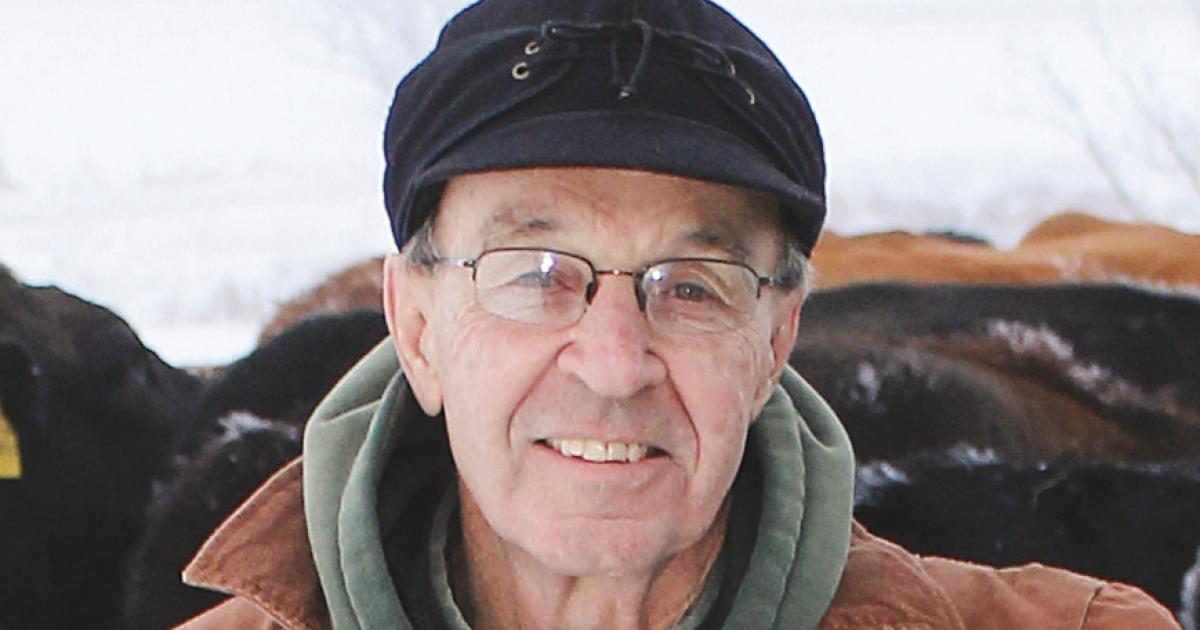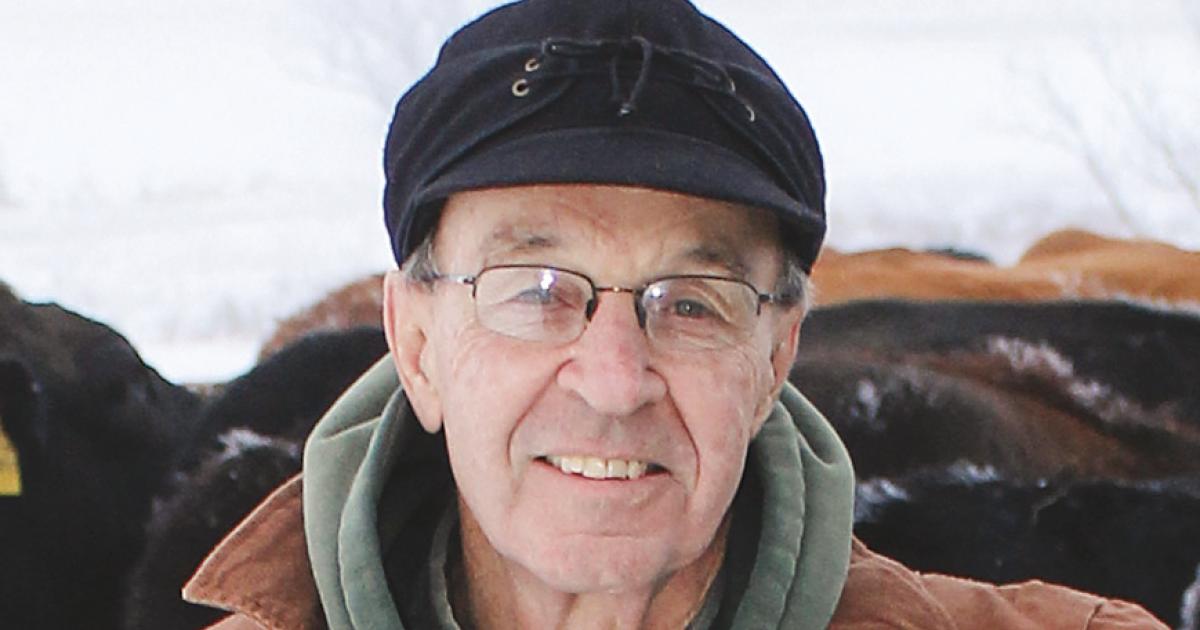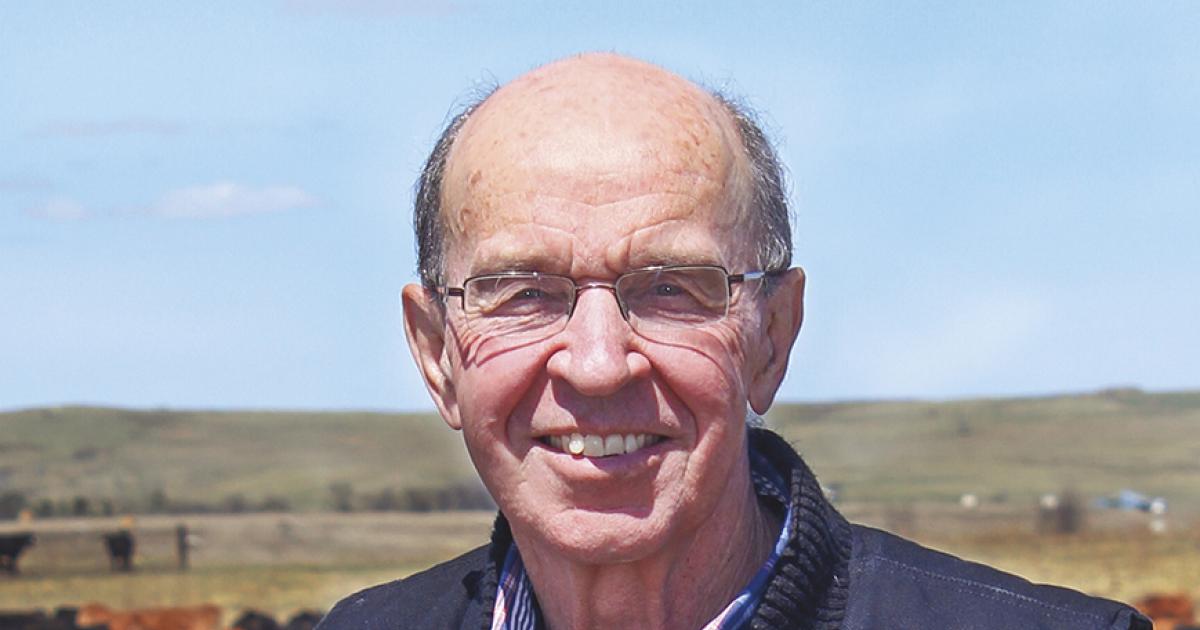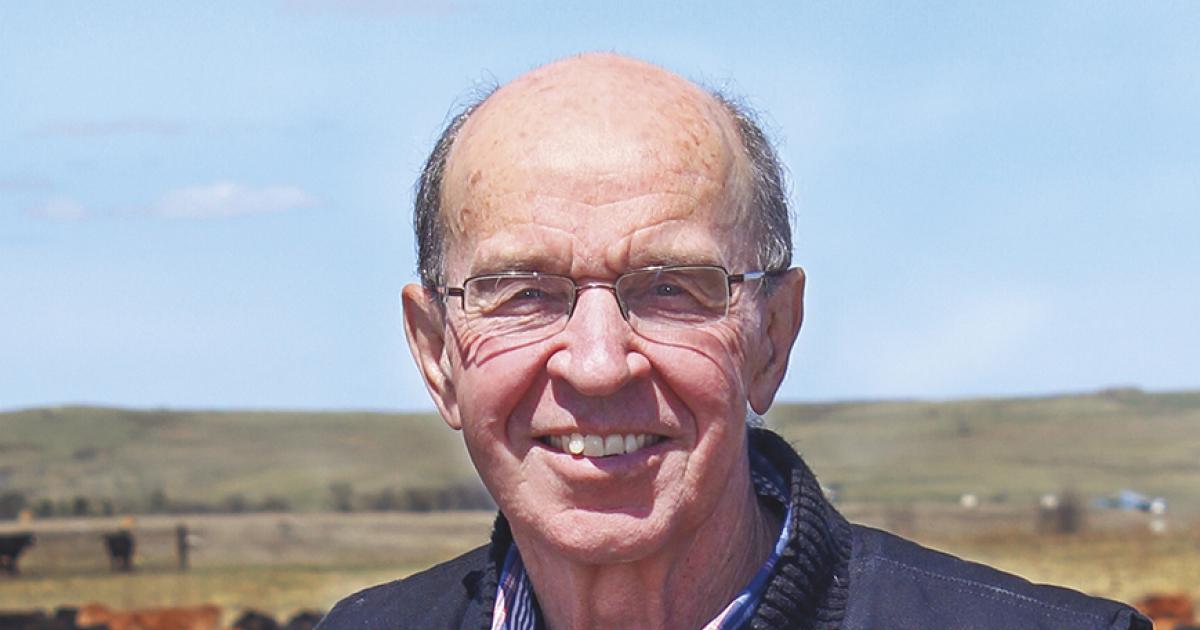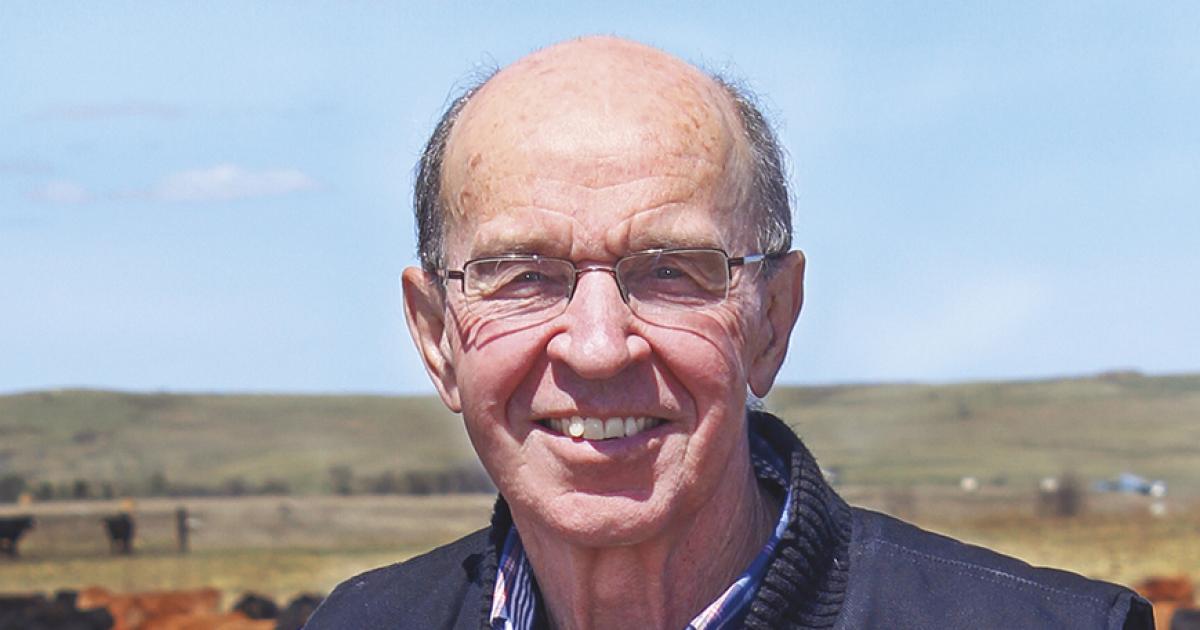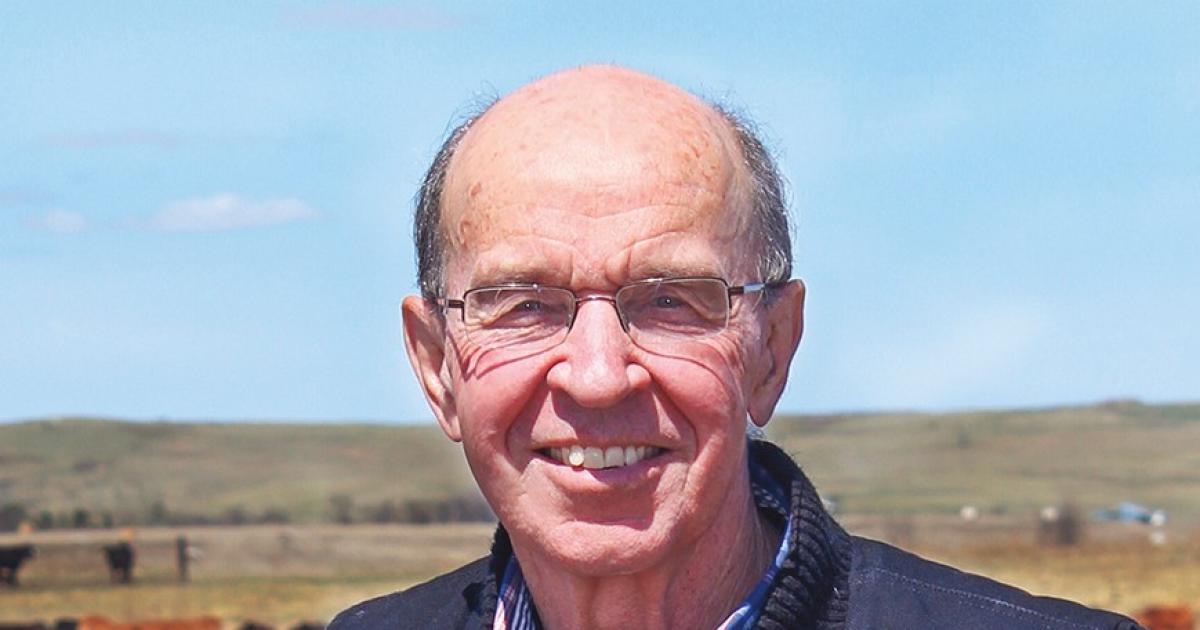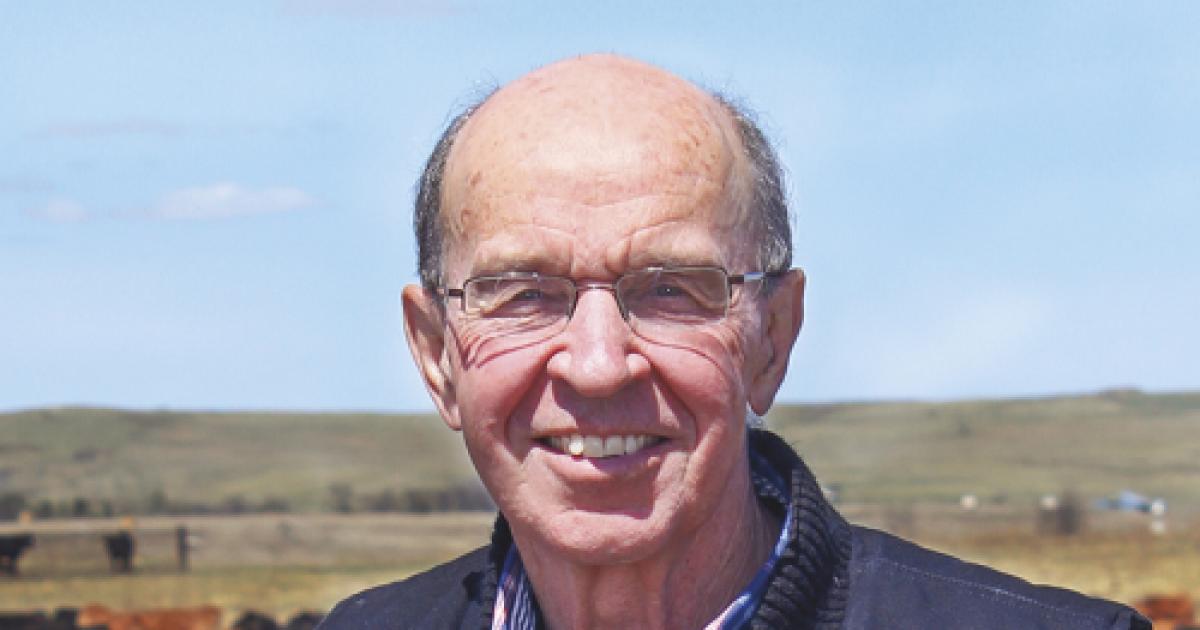Farm Byline
The couple sitting across from us at the banquet table were longtime friends. At one point, the woman asked, “So, Al, what’s your next column going to be about?” I said I was considering writing about outdated conservation practices, like flax strips. Her husband said, “Flax strips! I’d forgotten all about flax strips.”
You may have heard or read something about the “cow that stole Christmas.” On Dec. 23, 2003, this country’s first documented case of BSE or “mad cow disease” was discovered in a dairy cow in Washington state.
I was in a tractor, grinding hay, when the news came on the radio. I remember it like it was yesterday. When I got back to the house, I told my wife, Peggy, the U.S. beef industry would never be the same.
The question posed to me was, “How did growing up in the 1950s help shape the person you became later in life?” The ladies who asked it grew up in the ’50s as the Pfeiffer sisters and wrote a book,“While the Windmill Watched,” about their experiences.
I was born in 1947. The ’50s were my formative years – a boy growing up on a 640-acre diversified farm. I was influenced by my parents, obviously, and their primary values – church and family (a large extended family with many cousins).
A veteran North Dakota commodity group leader has reminded me several times how important my morning farm broadcasts were to him. He says he would turn to my broadcast to find out if there had been developments in Washington, D.C., that affected his commodity. He wanted to know what would be waiting for him at the office – brushfires to put out, or what phone calls to expect.
It was suggested to me that National Co-op Month in October would be a good time to think about “the lasting good the farmer has done using the cooperative model.” Specifically mentioned were the co-ops that brought electricity, phone service and, more recently, broadband to rural North Dakota, all because of those farmers.
The debate had already been going for at least a decade, when I produced a half-hour television show, titled “The Spring Wheat Debate,” in November 1981.
The debate was over spring wheat yield versus quality.
For decades, public plant breeders (land-grant universities) had developed spring wheat varieties that emphasized quality. That was, they argued, our selling point. It was what set spring wheat apart from other classes of wheat. In selecting for high-quality varieties, the plant breeders rejected those that were higher yielding, but of lower quality.
If it’s Saturday morning and I’m raking hay, I’m probably listening to the public radio show, “A Way With Words.” It’s described as a program about new words, old sayings, slang, family expressions, word histories and regional dialects. Callers ask the origin of phrases like “a monkey’s uncle” or “doesn’t that take the cake.”



